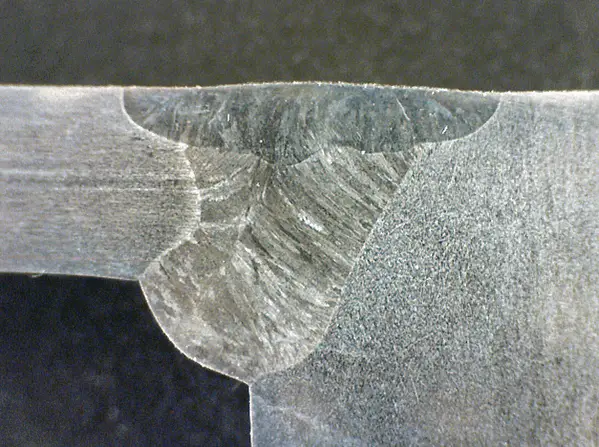Ferrite testing is a crucial non-destructive examination technique used in the field of welding to assess the ferrite content within welds. Ferrite, a solid solution of carbon in body-centered cubic iron, plays a significant role in determining the mechanical and corrosion-resistant properties of welds, particularly in austenitic stainless steel and duplex stainless steel materials.
By conducting ferrite testing, welders and inspectors can evaluate the ferrite content present in welds, ensuring compliance with specified standards and guidelines.
This article will delve into the purpose of ferrite testing in welds, highlighting its importance in maintaining weld quality, assessing corrosion resistance, and optimizing the performance of welded structures in various industries.
Ferrite in Weld Deposits
Ferrite is widely recognized for its beneficial role in reducing the susceptibility to cracking or fissuring in weld metals, although it is not always essential. Over the years, large quantities of fully austenitic weld metal have been successfully employed, delivering satisfactory performance in various applications.
However, the presence of ferrite becomes particularly advantageous in certain scenarios. It proves helpful when welds are under restraint, joints are sizable, or when cracks and fissures could potentially impact the service performance. Furthermore, the inclusion of ferrite in welds contributes to an increase in weld strength.
However, it is important to note that ferrite may have adverse effects on corrosion resistance in specific environments. Additionally, it is generally considered detrimental to toughness in cryogenic applications and high-temperature service where it can undergo transformation into the brittle sigma phase.
Weld Ferrite measurement
Ferrite content in austenitic stainless steel welds can be measured using various magnetic instruments, but inconsistencies in calibration procedures have resulted in significant variations in readings across different laboratories. The Subcommittee for Welding of Stainless Steel of the High-Alloys Committee of the Welding Research Council (WRC) recognized this issue and took steps to address it.
In 1972, the WRC Subcommittee published a Calibration Procedure for Instruments to Measure the Delta Ferrite Content of Austenitic Stainless Steel Weld Metal, aiming to reduce the wide spread of readings.
The American Welding Society (AWS) further extended this procedure and developed AWS A4.2, which became the standard procedure for calibrating magnetic instruments used in measuring delta ferrite content.
To ensure consistency and traceability, all instruments used to measure the ferrite content of AWS classified stainless electrode products are required to be calibrated according to the AWS standard.
Additionally, the term “Ferrite Number” (FN) was adopted by the WRC Subcommittee to replace the previous use of the percentage of ferrite. The Ferrite Number, up to 10 FN, is considered equivalent to the previously used percentage of ferrite and represents an average practice in the commercial U.S. and global welding industry.
Through the implementation of standardized calibration procedures, the aim is to reduce discrepancies in readings due to instrument calibration. It is expected that differences in readings will be reduced to approximately ±5 percent, or at most, ±10 percent of the measured ferrite value. This ensures greater consistency and accuracy in evaluating the ferrite content of austenitic stainless steel welds.
Ferrite in Stainless Steel welds
Ferrite contents in different Stainless-Steel welds vary depending on the types of welding rod. Below is a summary of the ferrite number for welds made with:
- In the E3XX classifications, there are several types that are fully austenitic, including E310, E310Mo, E310Nb, E316LMn, E320, E320LR, E330, E383, E385, E3155, and E31-33.
- The E316 group is typically produced with minimal or no ferrite, as it offers improved corrosion resistance in specific environments.
- However, the E316 group can also be obtained in a higher ferrite form, usually above 4 FN (Ferrite Number), if desired.
- While many other E3XX classifications can be manufactured with low-ferrite content, commercial practice often involves ferrite control above 4 FN.
- Due to composition and manufacturing limitations, most lots of these grades will have ferrite levels below 10 FN and are unlikely to exceed 15 FN.
- Exceptions include E308LMo and E309L, which can have ferrite levels beyond 15 FN.
- The E16-8-2 type is generally controlled at a low-ferrite level, typically below 5 FN.
- On the other hand, E309LMo, E312, E2209, E2307, E2553, E2593, E2594, and E2595 types tend to have relatively high ferrite content, often exceeding 20 FN.





